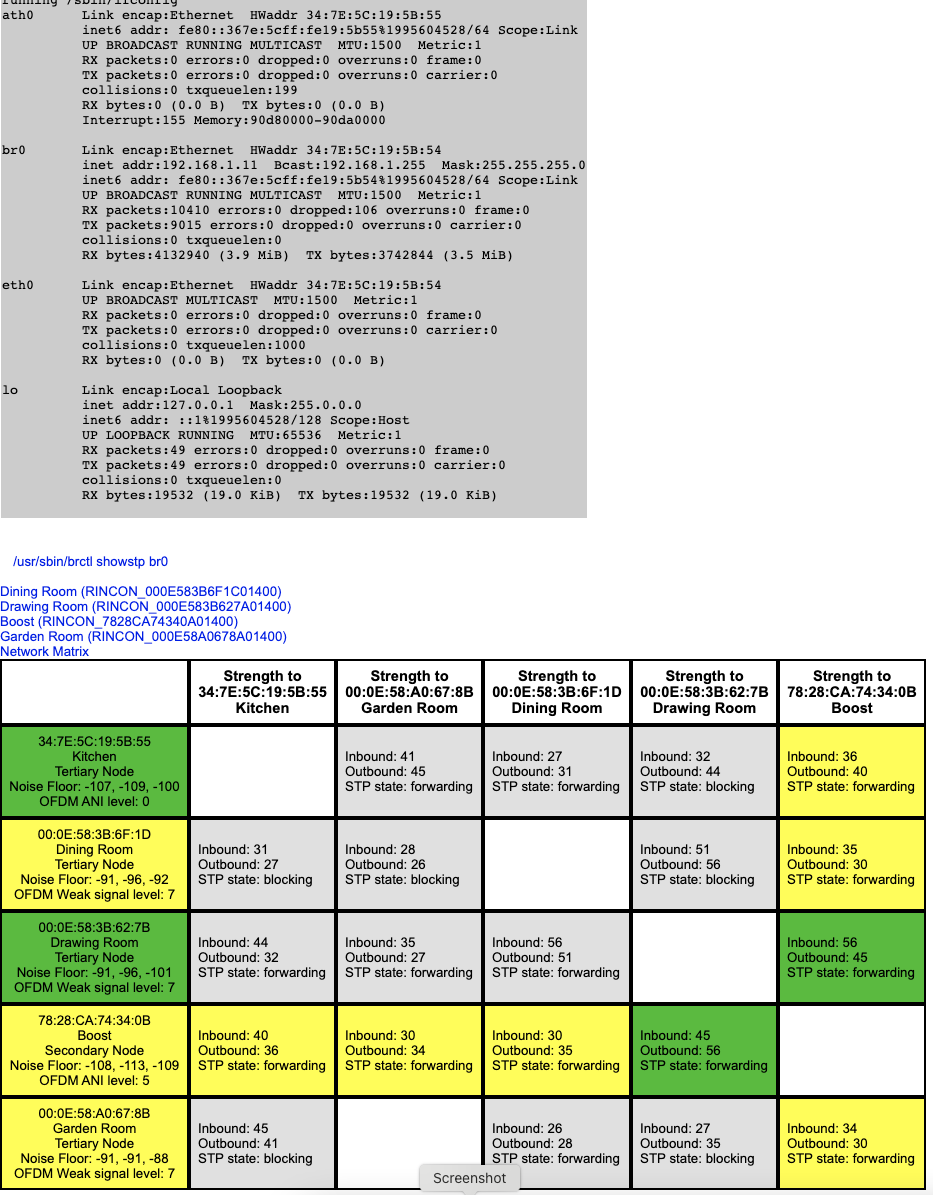I keep getting dropouts in party mode. Rarely any errors reported in the app that I can see.
The signals all seem strong enough but I have noticed that the Kitchen unit (the newest device!) does suffer some packet loss.
Any ideas. I’ve tried using the home wifi which just gave buffering problems all the time so have stuck with sonosnet.
Any ideas of other places to look for clues as to the problem? The system is on channel 11 and a wifi scan shows that nothing else is on this channel.
Thanks for any ideas…….


